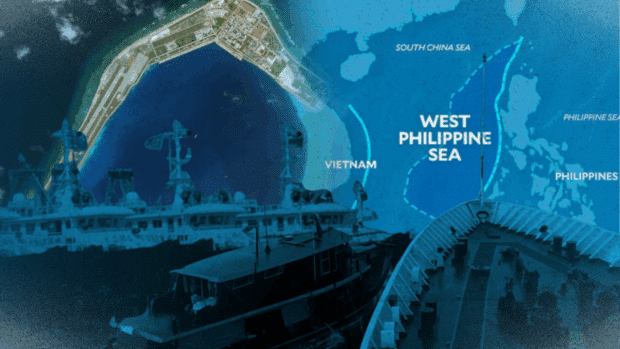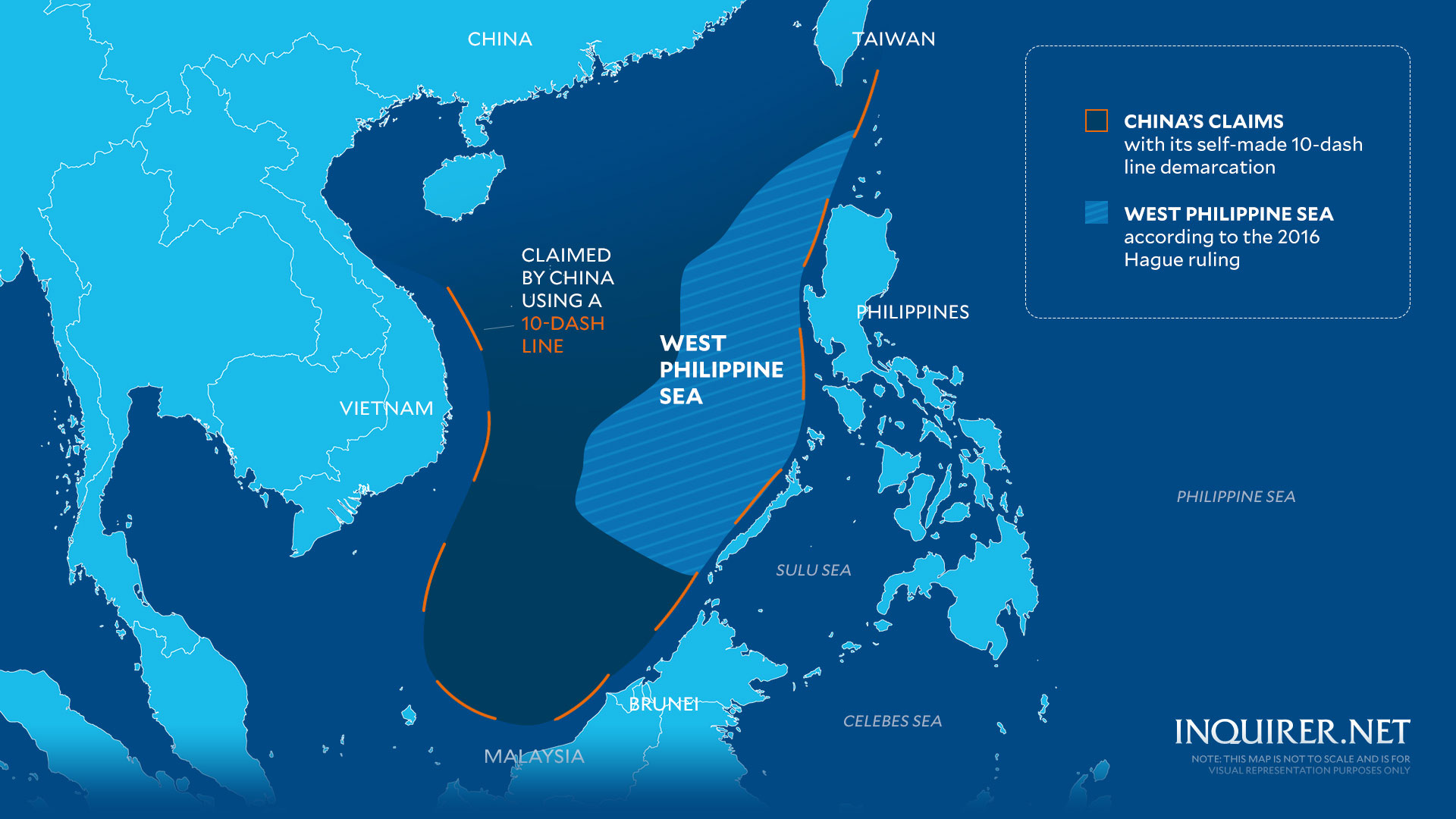China’s ambition to become the lone regional superpower in Indo-Pacific could be among the driving forces in its ongoing campaign to conquer the entire South China Sea, including West Philippine Sea.
The area is a major shipping and trading route where, according to the United Nations Conference on Trade and Development, $3 trillion, or more than a fifth, of the world's trade passes through.
The entire South China Sea, including West Philippine Sea, is believed to be rich in natural resources, especially oil and gas.
According to the Philippine Department of Energy, West Philippine Sea alone has an estimated 12,158 billion cubic feet of natural gas reserves and 6,203 million barrels of oil reserves within the Philippines’ EEZ.
West Philippine Sea is also a rich source of fisheries production, with over 300,000 metric tons of fish harvested annually, according to data from the Philippine Statistics Authority.




























